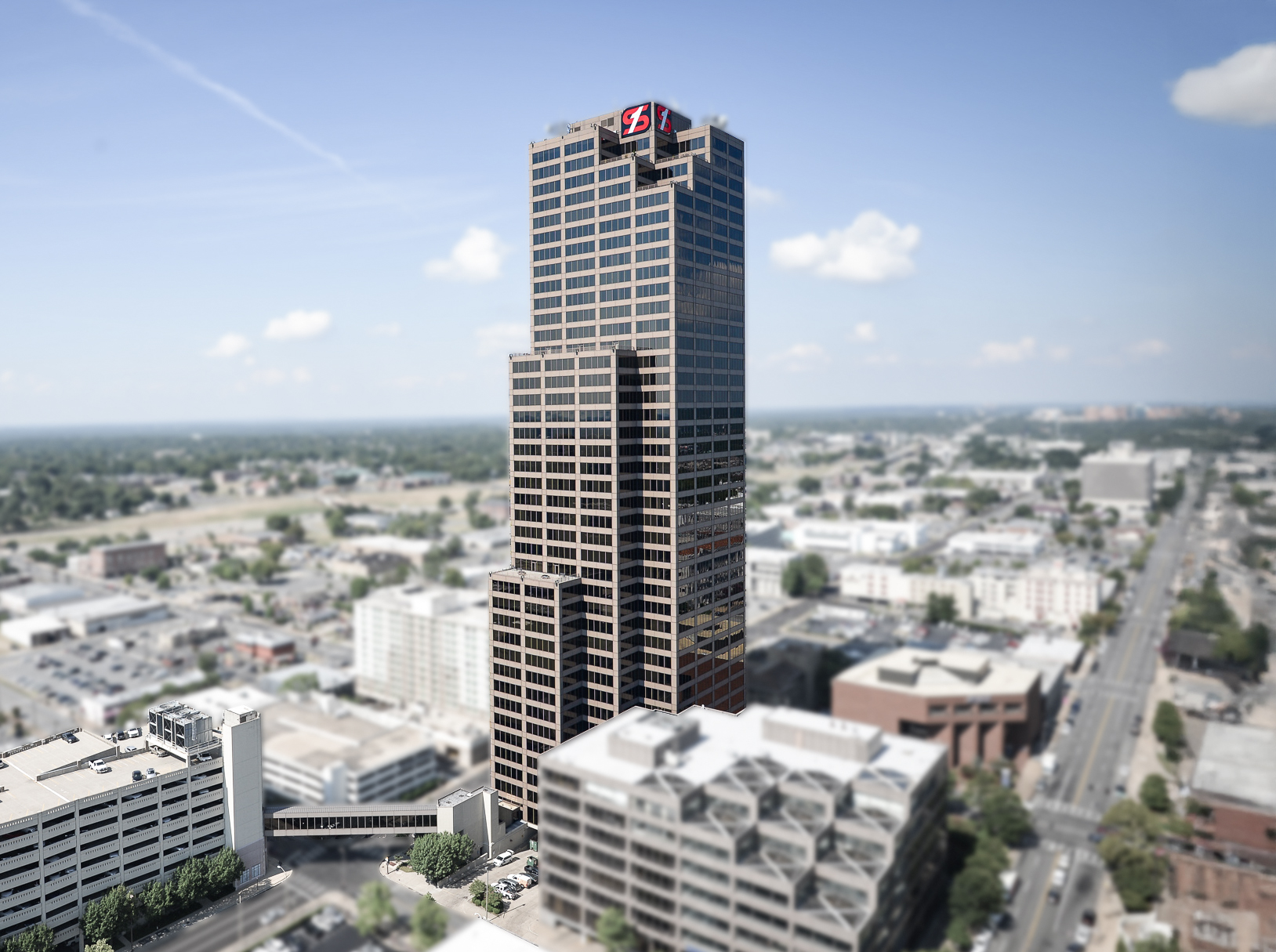The Simmons Tower is an International Style skyscraper designed by Harwood K. Smith & Partners, in association with Wilkins Sims Architects, and built between 1984 and 1986, for a reported $72.0 million dollars, in Little Rock, AR.
Simmons Tower is not the only name you might know this building by though. It is common for companies to want to attach their names to iconic buildings when they move in, or for the general public to come up with nicknames, and this one is no exception. The building has changed names several times over the years, and is also known as:
- Capitol Tower between 1986 and 1991.
- TCBY Tower between 1991 and 2004.
- Metropolitan National Bank between 2004 and 2014.
- Simmons Tower from 2014 until this day.
Its precise street address is 425 West Capitol Avenue, Little Rock, AR. You can also find it on the map here.
In 2018 the Simmons Tower was awarded with the ACEC Engineering Excellence Award in the Large Category for Energy.
The building underwent a major restoration in 2017. The architect commissioned to undertake this restoration was Powers.

